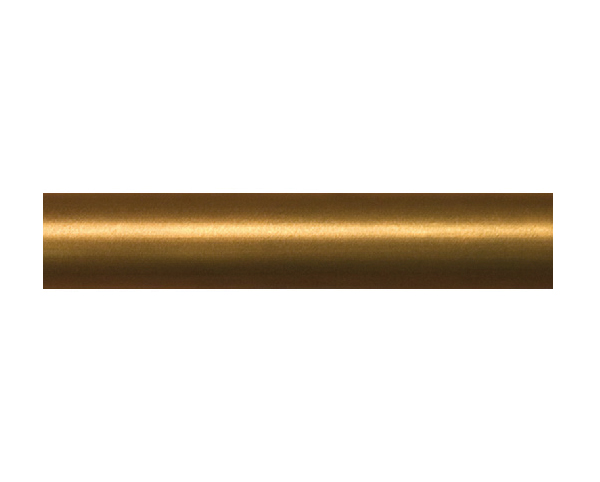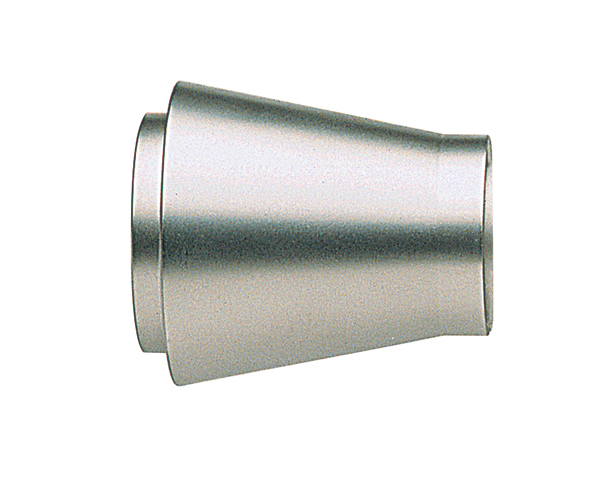Window Treatments Throughout The Ages
Written By: Designer ConsultantPublished: 07-29-2015

Window treatments have been a way of life for all walks of life for a very long time. Regardless of rich or poor, it almost seems obscene to leave a window undressed. Enhancing rooms with a bit of color and texture can change four clinging walls to a whisper of elegance or a warm and cozy place to be.
As early as the 15th century, when glass was first introduced to replace small, open holes in walls, window coverings have demonstrated how cloth could be used to enhance the beauty of a room. In the 18th century when heavy materials and wooden shutters were designed to soften a cold winter wind, the desire to bring attractiveness to windows became more popular.
Glass adds Privacy and Art
By the 17th century, glass makers were getting creative with their trade by turning windows into stained glass, tiny panes, and leaded artistic designs. Only the wealthy could afford such luxuries, but the statement has stayed true throughout the ages.
It was still too cold to leave these masterpieces open during the winter season, but heavy cloths were still needed. The idea of sashes materialized around 1680 and expensive homes could be seen with drapes pulled open along sculptured glass.
The Buzz of Manufacturing
Textiles changed everything for adding decorative beauty to almost every home in the late 1700s. Before, tradesmen would travel the world and bring back woven textiles of silk, cotton, wool, and linen from the orient to the Western world.
It didn’t take long for Europeans to discover that textiles could be made in their own country and mass-production of textiles was alive and well by the 1840s. Not only was there inexpensive cotton available for covering windows, but an assortment of colors and prints were constantly being updated.
The 20th Century
Lace and sheers, along with lined curtains, could be found in almost every middle-class home in the 20th century. Decorators were busy with new ideas to give a window the appearance of length and showing customers how to layer fabric for depth.
The window treatment was becoming redefined with style. Roller blinds eliminated the need for keeping curtains shut and kept a perfectly placed window treatment in place. All sorts of novelties were being used, such as metal tie-backs and braids to adorn each style.
Looking back, window treatments have evolved into a fashion design that is a must in every home. Technology of the late 20th century has created more choices than ever thought possible by our ancestors. Motorized mini-blinds, shades made of bamboo, decorative valances for large open windows, and soft colors that warm rooms, are a few of the ways that could never be imagined in the 17th century. Better insulated windows brought a huge step in changing how curtains were viewed.
With no reason to worry about outside air creeping inside, you are free to tailor each window to your own individual taste. It makes one ponder on what type of changes will take place over the next century for window treatments.






